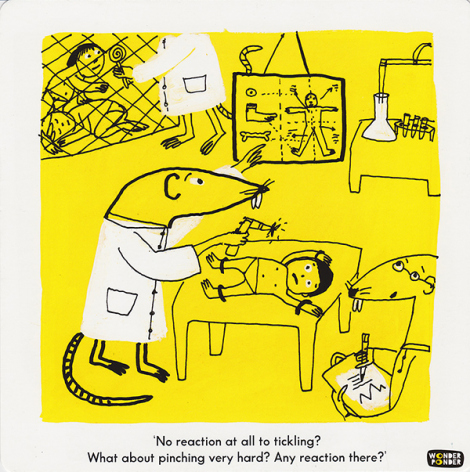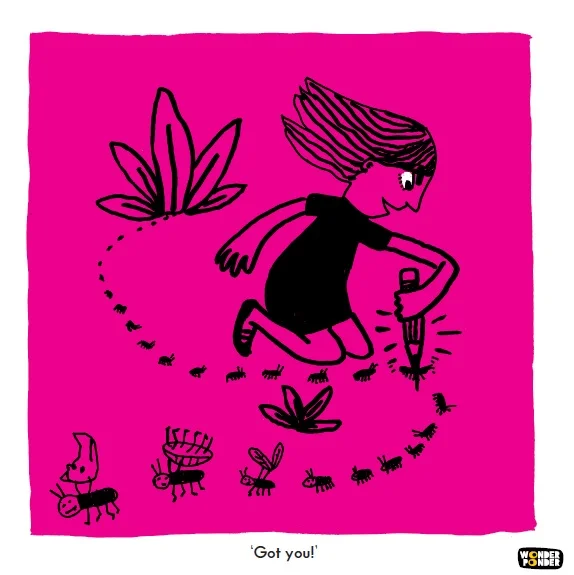Uncertainty in the classroom: a webinar by Wonder Ponder author Ellen Duthie
Ellen Duthie
We are very excited to announce this online webinar ‘In conversation with Ellen Duthie’ organised and hosted by the Cumbria Development Education Centre and open to all interested here.
Wondering and Pondering Uncertainty in the Classroom
Uncertainty certainly seems to be the word of the year, and there is no doubt it is scary. But what if we were to embrace it in the classroom? Celebrate it, even?
In this webinar, Ellen Duthie will offer inspiration and ideas for celebrating and leveraging uncertainty in the classroom based on experiences with the Wonder Ponder project of Visual Philosophy for Children at schools, from early years to secondary, both pre and post-Covid-19.
About Ellen Duthie
A specialist in children’s literature and philosophical practice with children, Ellen Duthie has spent the last 15 years developing material to stimulate philosophical dialogue with and among children, using children’s literature and visual stimuli as prompts for discussion.
Ellen is the founder and manager of the Wonder Ponder Visual Philosophy for Children project, involving:
- a global programme of philosophy and art workshops with people of all ages at schools and other institutions such as public libraries and museums
- a teacher training programme and online academy
- and a solid publishing programme based in Spain but with presence in Germany, South Korea, Mexico, Argentina and Brazil (also available in English).
She is the author of all the titles included in the Wonder Ponder Visual Philosophy for Children series: Cruelty Bites (an invitation to wonder and ponder about cruelty), I, Person (an invitation to wonder and ponder about identity), Whatever You Want (an invitation to wonder and ponder about freedom) and Pinch Me! (an invitation to wonder and ponder about reality, imagination and dreaming). At the crossroads between philosophy, art and literature, these books use thought-provoking visuals to encourage readers to explore philosophical issues, aiming to foster independent, deep and playful thinking.
Ellen plays an active role in the international Philosophy for Children community and recently co-edited the book Family Resemblances: Current trends in philosophy for children (Anaya, 2018)
She is also the Head of the Wonder Ponder Academy, offering online teacher training courses and education research courses, and co-directs the International Course on Philosophy, Literature, Art and Childhood held yearly in Albarracín (Spain).



































